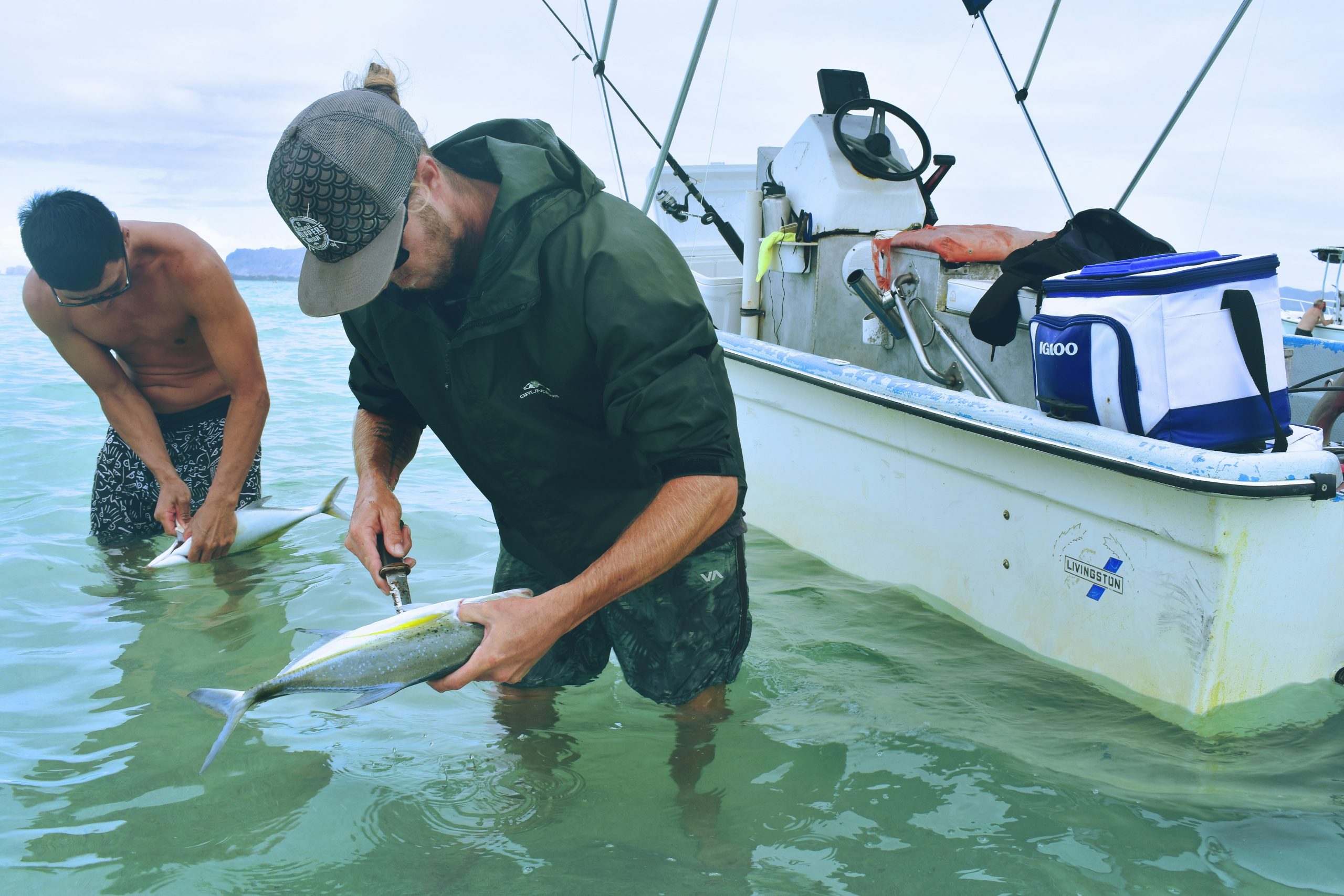
Fishing in Galveston, Texas
- Share
- Share
- Share
- Share
Fishing in Galveston, Texas, offers a diverse range of opportunities due to its location on the Gulf of Mexico. The area is known for its excellent saltwater fishing, including offshore, inshore, and bay fishing. Here’s a comprehensive guide to help you make the most of your fishing experience in Galveston:
Key Fishing Areas:
- Galveston Bay Complex: Includes Galveston Bay, West Bay, and East Bay. It’s a popular spot for inshore and bay fishing.
- Offshore: For deep-sea fishing, you can venture into the Gulf of Mexico, where you’ll find a variety of pelagic and bottom-dwelling species.
- Surf Fishing: Fishing from the beach can be productive, especially for species that come close to shore.
Key Fish Species:
- Redfish (Red Drum): A popular target in the bay and shallow waters. Known for its fighting spirit and excellent taste.
- Speckled Trout: Common in Galveston Bay and favored by many anglers for its challenging fight and tasty meat.
- Flounder: Found in bays and along the coastal waters, especially during the fall flounder run.
- Sheepshead: Common around structures like docks and jetties, known for its distinctive black stripes.
- King Mackerel (Kingfish): An exciting species to target offshore, known for its speed and strength.
- Snapper: Various species of snapper are found offshore, including red snapper, which is highly prized.
- Sharks: Various shark species can be caught offshore, providing a thrilling fishing experience.
Fishing Tips:
Inshore/Bay Fishing:
- Best Time: Spring and fall are excellent times, with early morning and late evening being productive.
- Techniques: Use live bait like shrimp, mullet, or croaker. Soft plastics and topwater lures can also be effective.
- Locations: Target areas around oyster reefs, grass beds, and tidal creeks. Fishing near structures like docks and jetties can also be fruitful.
Offshore Fishing:
- Best Time: Spring through fall, with peak seasons for different species varying.
- Techniques: Use live bait, such as menhaden or sardines, or artificial lures. Trolling can be effective for pelagic species, while bottom fishing is good for snapper and grouper.
- Locations: Focus on underwater structures like reefs, wrecks, and oil rigs. The deeper waters off the coast offer good chances for larger species.
Surf Fishing:
- Best Time: Early morning and late evening are usually best. The summer months can be particularly productive.
- Techniques: Use surf rods with heavy weights and large baits like cut bait or live shrimp. Fishing during periods of moving tides can increase your chances.
- Locations: Fish along the surf line, particularly near sandbars and drop-offs.
Additional Tips:
- Fishing Charters: There are numerous charter services available in Galveston for both inshore and offshore fishing. This can be a great way to access the best spots and get expert guidance.
- Fishing Licenses: Make sure to obtain a valid Texas fishing license. For saltwater fishing, you’ll need a saltwater fishing endorsement.
- Weather Conditions: The weather can change rapidly, so check forecasts before heading out and be prepared for varying conditions.
- Safety: Always follow safety guidelines, especially for offshore fishing. Ensure you have proper safety gear, and be aware of local regulations and potential hazards.
Galveston offers a rich fishing experience with its mix of inshore, offshore, and surf fishing opportunities. Whether you’re targeting trophy redfish or enjoying a day catching flounder, Galveston’s diverse fishing environment provides something for everyone.
For more fishing tips and advice and to find the very best fishing guides in America visit us at www.usfishingguides.com. At USFG we bring only the very best guides in the United States together under one roof to ensure you have the most amazing experience possible.
Check us out, tell a friend and get out and go fishing. To learn more visit www.usfishingguides.com
Fishing in Galveston, Texas

We write rarely, but only the best content.
Please check your email for a confirmation email.
Only once you've confirmed your email will you be subscribed to our newsletter.



